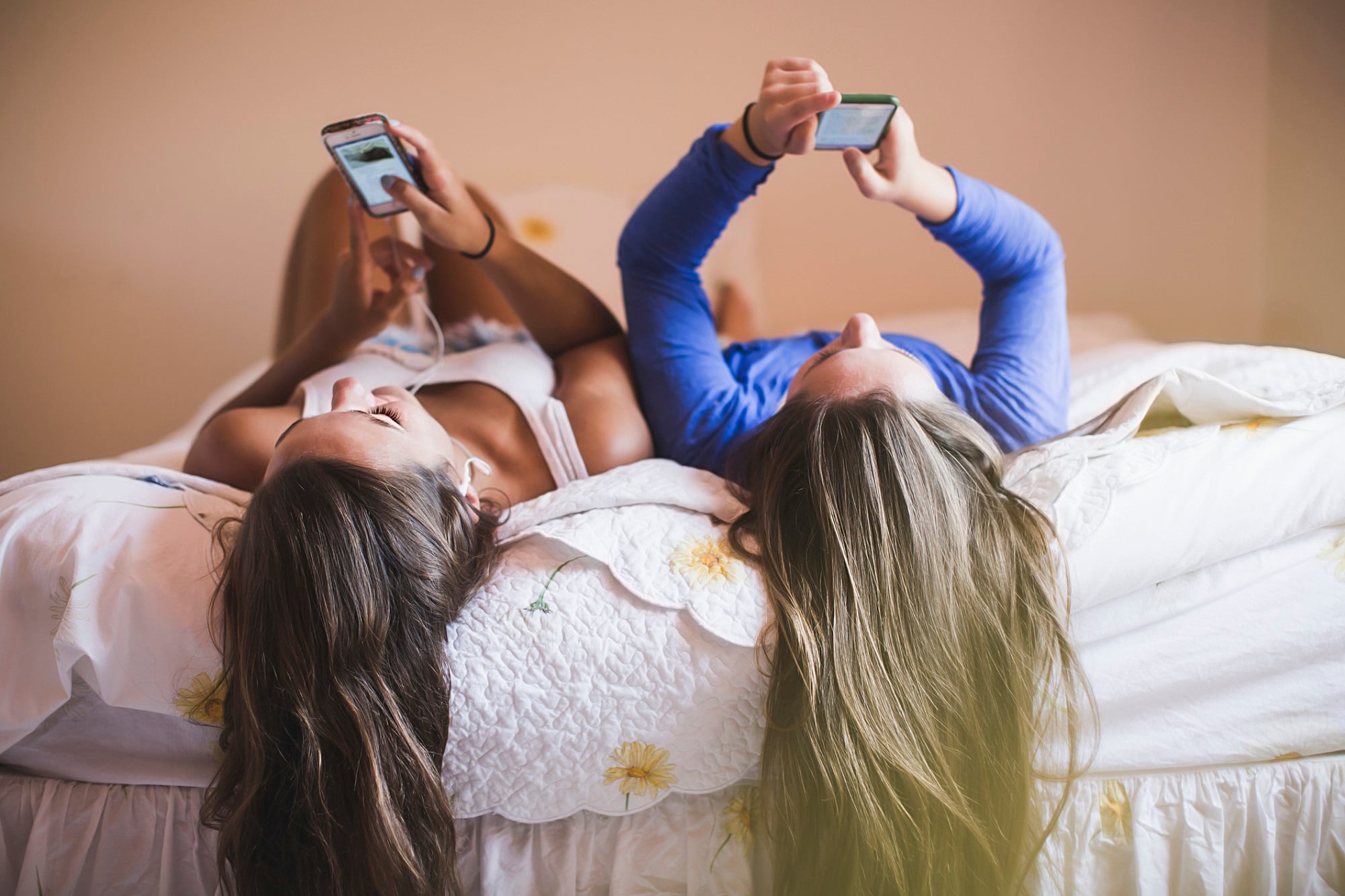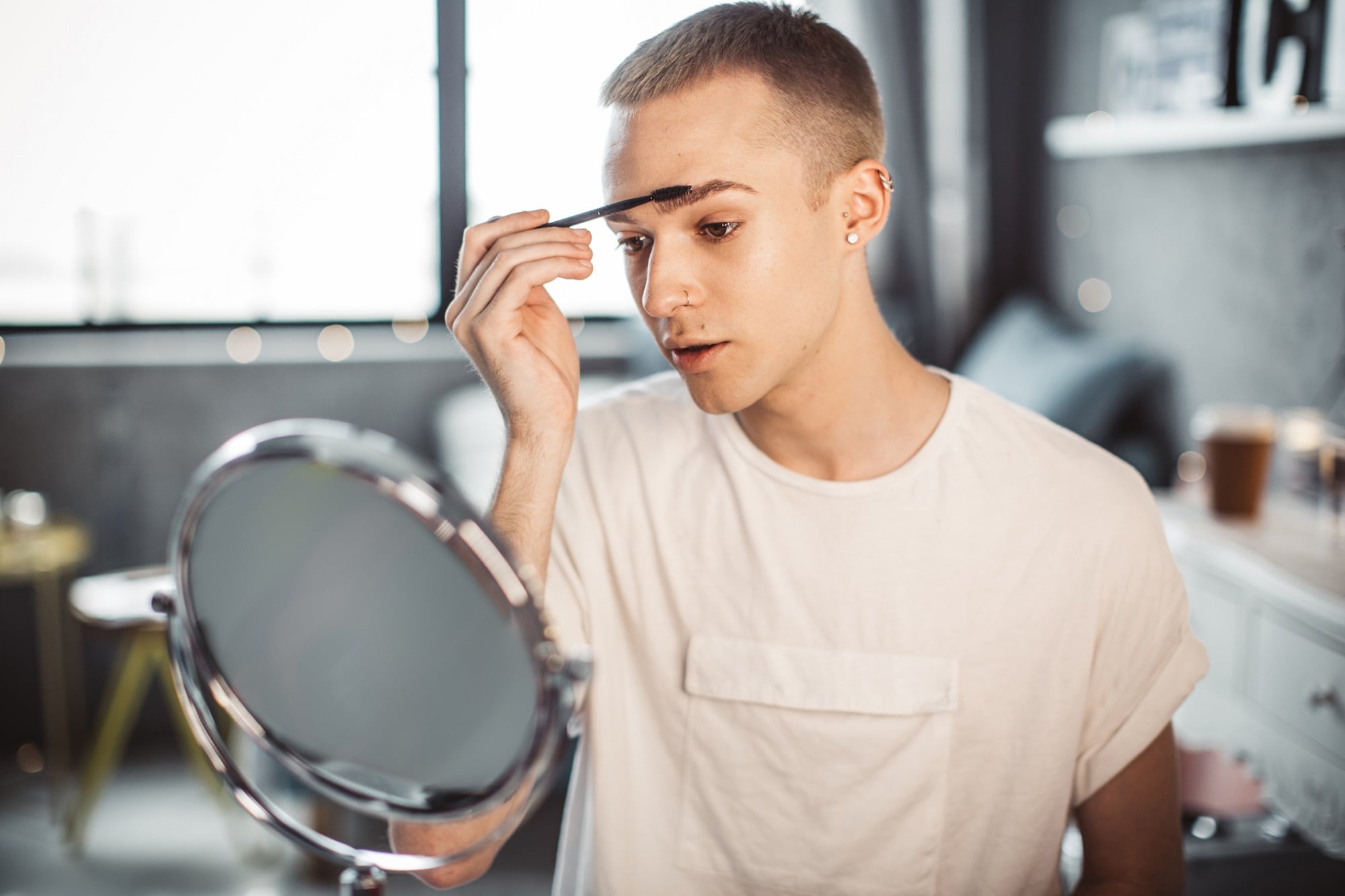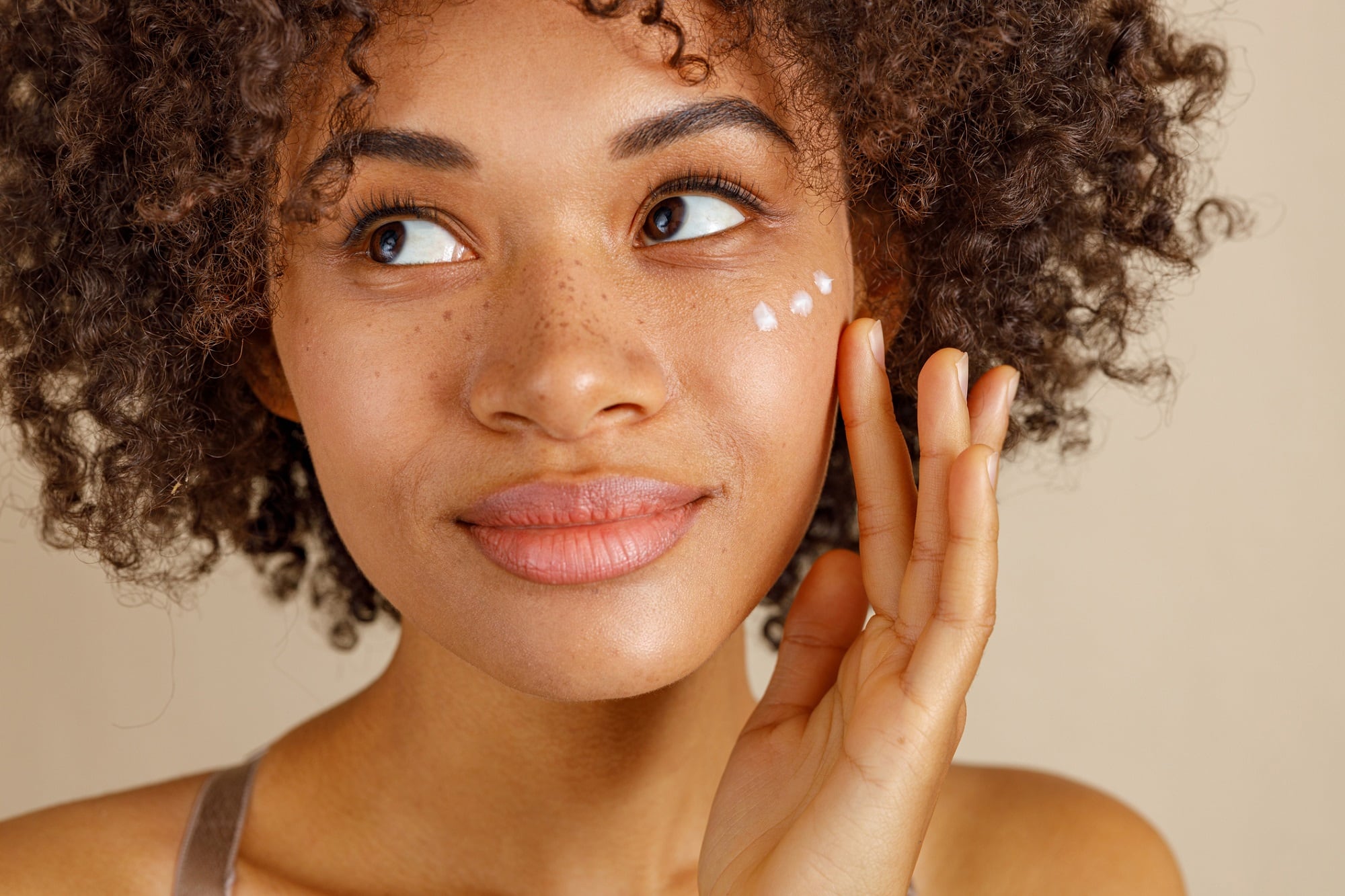According to the most current available data from market research firm Statista, in 2022, there were about 25.8 million children between the ages of 12 and 17 living in the United States. This “digitally native” cohort of Gen Z consumers is known for being tech-savvy, having been the first generation to grow up with smartphones and social media.
The impact of being so fluent in digital technology on Gen Z’s information consumption habits and decision-making processes cannot be overstated, and its influence can be seen across multiple industries, including cosmetics and personal care. As reported in a recent Mintel consumer data survey, nearly half (49%) of teens aged 12-17 learn about new BPC products through social media, and the US teen consumer is actively engaged with the beauty and personal care product industry through social media content.
To learn more about the relationship between US teen consumers and beauty and personal care product brands and social media’s influence on this intimate relationship, we spoke to Joan Li, Senior Analyst, Beauty and Personal Care at Mintel, for her insights and key takeaways into Mintel’s recent report.
The landscape of beauty on social media
In understanding teens' consumption habits and preferred beauty products, it is first necessary to note that “beauty is an especially social category with this group--our data indicates that two-thirds of teens and tweens enjoy talking about beauty brands and trends with their friends,” said Li. Naturally, she added, social media plays an integral role in facilitating this crucial communication as it “plays a large part in how teens and tweens talk about and recommend products to each other: platforms like Instagram, TikTok, and YouTube are digital showcases where new products are discovered, discussed, and dissected.”
Therefore, “to connect with teen BPC consumers, brands must add value to teens' and tweens' highly emotional and social lives,” she shared. This is because “shareability is key; this group wants to use brands they can talk about, whether from the standpoint of shelf appeal, brand values, or product experience.” In addition to adding value, brands can engage teens through “community-oriented approaches, such as involving teens in the creation and curation of products, can engender enduring connections.”
Li explained that the type of content itself is essential in driving its engagement. “Technological advancements like augmented reality filters and virtual try-ons are revolutionizing the BPC landscape, not just for teen consumers,” she said, and “user-generated content and social sharing programs can amplify recommendations from friends, building brand awareness and engagement.” For example, content like “shareable, sensory-rich experiences that prioritize shelf appeal, texture, and fragrance will also tap into this audience's socially driven nature,” she illustrated.
Further, she added, innovations like AR filters and virtual try-on tech “are crucial touchpoints for digitally native teens to interact with products in an immersive, no-risk, and low-to-no-cost environment--these latter two points are critical in the context of parental supervision.” As a result, “brands that can pivot toward embracing these tools are well-positioned to captivate this audience,” Li explained.
Evolution, impact, and exerting influence
As revealed in Mintel’s data, the drive to explore the cosmetic and personal care product space through the lens of social media is not exclusive to one gender or demographic. “While much of the attention on the impact of beauty standards has been on girls, over half of teen and tween boys also feel pressure to look a certain way,” Li explained. Further, she said, “with a commanding 75% of teens across all age groups, ethnicities, and genders seeking better reflections of themselves in beauty content, the imperative for brands is clear.”
Beauty brands have begun to respond to these demands “with content and partnerships, not so much from a product development standpoint,” she elaborated, “by pursuing a diverse range of models and influencers, but also by celebrating alternative ideas of beauty that highlight, rather than cover up, individual uniqueness.” However, she added that “there's still ample whitespace to speak uniquely to the emotional and functional dimensions of adolescent, masculine grooming, rather than take a gender-neutral approach.”
The evolution of beauty brand messaging on social media to better reach teen consumers emphasizes that “engaging with teen consumers requires balancing fast-paced, youthful trends with the justified concerns of parental gatekeepers who prioritize safety and value,” Li said. To successfully “thread this needle, brands must demonstrate an authentic interest in teen/tween well-being in both messaging and product development.”
Don’t follow the trends – set them
“More than ever, brands will have to be digitally integrated to engage with Gen Z and Gen Alpha and become nimble in their approach to social media marketing,” Li stated. This is especially true when addressing the ever-evolving landscape of beauty trends, which influence brand engagement on social media. “Viral is the new seasonal - this is already the case with microtrends emerging on TikTok and Instagram,” she said, adding that “As younger consumers' voices and behaviors become even more dominant, how, where, and what they discuss online will dictate what's relevant.”
For example, “the surge of interest in acne treatment among this group underscores a trend toward efficacious beauty—brands activating in the acne space should begin to see greater scrutiny in their claims as the competition gets hotter,” Li explained. Additionally, “acne prevention is another highly motivating teen priority, and on this front, opportunities exist across all categories to play a role in teens' and tweens' routines.”
In understanding how to set trends on social media rather than follow them, which drives engagement, Li highlighted that “more than three-quarters of teens and tweens want to improve at least one of their personal care skills, underscoring this audience's curiosity and enthusiasm for the category.”
Therefore, “a brand that can be a clear and reliable resource for early-stage routines will add direct value to teens' busy and dynamic lives,” she said. For brands looking to improve their social media engagement with teen consumers, she concluded, when “delivered engagingly, education can go one step further, generating buzz and fostering long-term trust as adolescents evolve their routines to their changing preferences and needs.”





